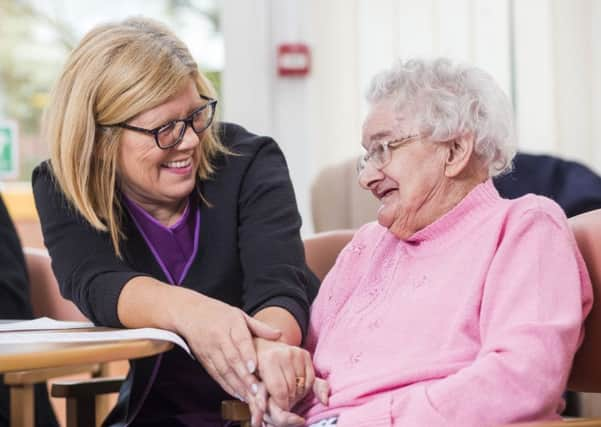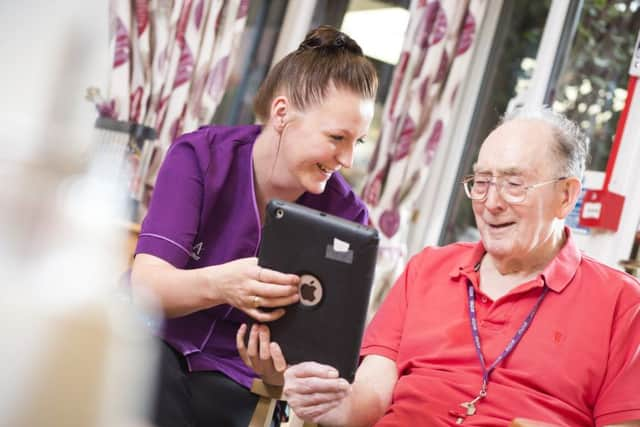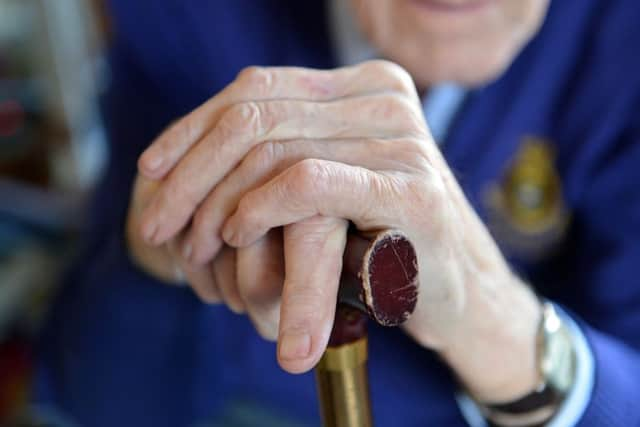#nomorewrinklyhands: The fight to banish '˜dehumanishing' imagery of older people


Care consultant Sara Livadeas has drafted in a Yorkshire care home firm to provide The Yorkshire Post with stock images of real older people, doing “ordinary things” as part of her #nomorewrinklyhands campaign.
The campaign highlighting the use of “dehumanising” imagery began on Twitter around two years ago, with Ms Livadeas, calling out media companies who rely on clichéd stock images to illustrate their stories.
Advertisement
Hide AdAdvertisement
Hide AdBut it has now stepped up a gear, with Ms Livadeas recruiting care home companies, who have their own stock imagery, to share their photographs with the media. She began by helping out The Guardian newspaper, and has called on Anchor, which has more than 150 care homes across Yorkshire, to share its photos with this newspaper.


Ms Livadeas said: “It’s the dismembered body parts that I particularly object to - rather than seeing the whole person, you are led to think of these people are victims, or people waiting to die. It’s a downward spiral of negative imagery that devalues a person.
“People that are old are already far away from mainstream consciousness and if you then see them presented as a pair of woolly slippers you’re less likely to respect their rights and treat them as an equal.
“It first came to my notice on Twitter, when newspaper articles that may not have carried an image in print, suddenly needed a picture to capture attention online.
Advertisement
Hide AdAdvertisement
Hide Ad“It is really gratifying that journalists are taking it on and doing their part in changing this imagery.”


She said it is important not to treat older people as a homogenous group in the battle against our “ageist society”, but also not to go too far in the other extreme, promoting “perma-tan older people” or “those running marathons”.
“What I’d like to see is older people represented as ordinary - just being themselves is absolutely fine,” she added.
Vicky Gudgin, home manager at Anchor’s Beech Hall care home in Leeds, is a supporter of the campaign.
Advertisement
Hide AdAdvertisement
Hide AdShe said: “No More Wrinkly Hands challenges the stereotypes about ageing; and like the campaign, here in our care home, we are always trying to change the perception of care.
“We’re always looking to expand our activities and introduce new things to our residents.”